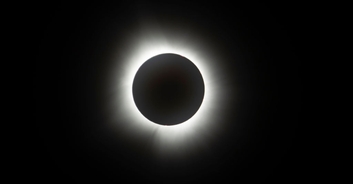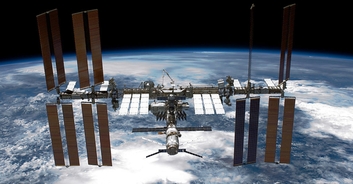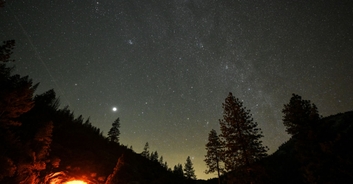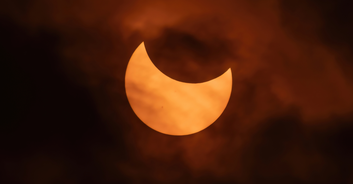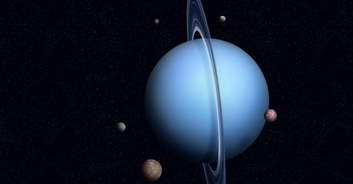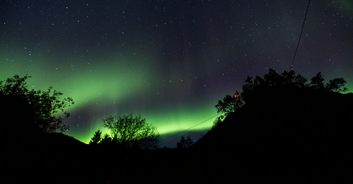Earth seems pretty big to us, but compared to the size of the universe, it's just a pebble in the ocean - or, perhaps, the size of an atom of a pebble in the ocean. Space has always fascinated humans, inspiring countless science fiction stories and fantasies about becoming an astronaut. But despite rapid advancements in rocket technology, it's unlikely we'll venture into space in our lifetime.
But every once in a while, we get a tantalizing glimpse at the great beyond: a passing asteroid, a super blood moon, a yearly Star Wars movie. And soon, we'll get an awesome view of everyone's favorite planet / candy bar, Mars. The Red Planet is scheduled for its closest encounter with Earth in fifteen years.
At the end of July, we will witness the event known as Mars Close Approach. As NASA explains, this occurs when Mars reaches 'opposition' with the Sun:
"Like all the planets in our solar system, Earth and Mars orbit the sun. But Earth is closer to the sun, and therefore races along its orbit more quickly. Earth makes two trips around the sun in about the same amount of time that Mars takes to make one trip.
"So sometimes the two planets are on opposite sides of the sun, very far apart, and other times, Earth catches up with its neighbor and passes relatively close to it."
So, mark your calendars, stargazers. Between July 27 and July 30, Mars will be in 'opposition,' and therefore look about three times brighter than normal. On July 31, The Red Planet will only be 35.8 million miles away, which is a lot closer than it seems. You will be able to see Mars with your naked eye. Then, for a few weeks afterward, the planet will remain larger than normal, when viewed through a telescope.
"You will be hard pressed to miss it," stated Dean Regas, an astronomer at the Cincinatti Observatory, to Mother Nature Network. "It will look like a glowing orange beacon of light rising in the southeast after sunset. It’ll be much brighter than any star, brighter than Jupiter, nearly as bright as Venus."
The Red Planet has always had a fascinating mystique, with the theories that it is capable of supporting life.(After all, Matt Damon survived there on poop potatoes for a very long time). NASA is planning a mission to send humans to Mars, with a goal of landing in the 2030's. Hopefully they meet that goal sooner rather than later. The late great astrophysicist Stephen Hawking stated that we must colonize Mars in the next hundred years, or we'll be doomed, due to overpopulation and climate change.
So, at the end of July, you might gaze at the nighttime sky, and see your grandchildren's next home. Make sure you take a break from Instagram to take a look. The Red Planet won't be this close to Earth again until September 15, 2035.







